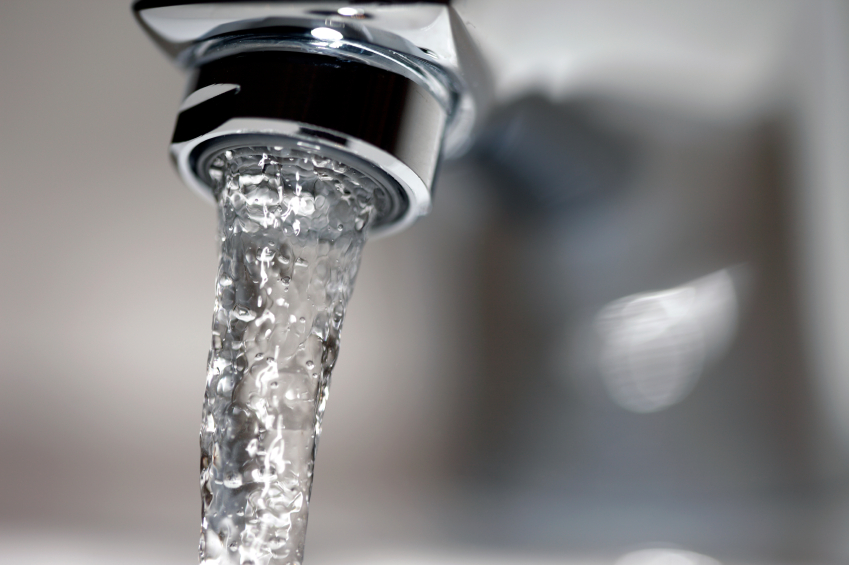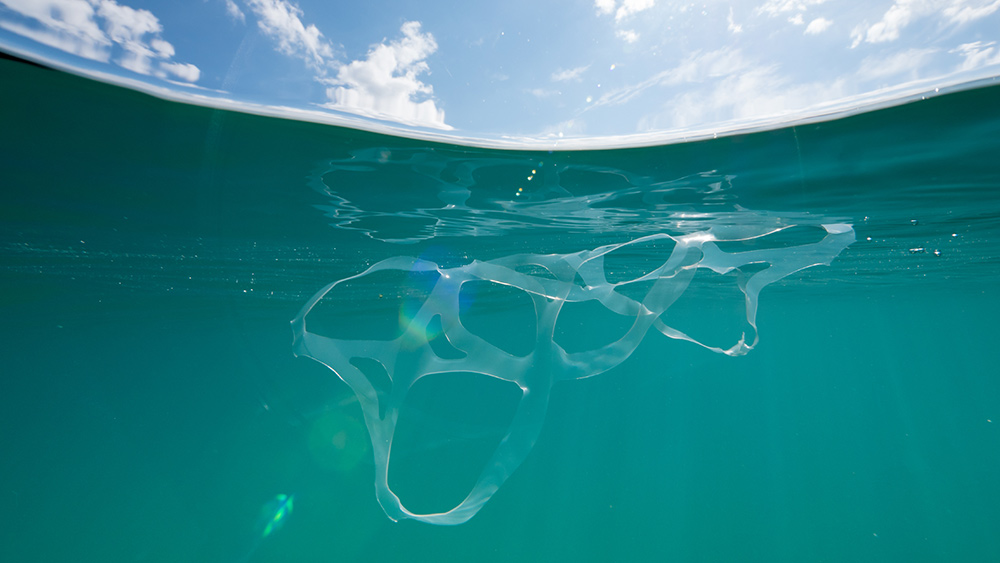 Parler
Parler Gab
Gab
EPA could have done more to prevent spread of harmful contaminants in drinking water
EWG senior scientist Tasha Stoiber pointed out that the organization would have probably discovered even more contaminants in the drinking water had American regulators and utility companies properly monitored the water supply. "It speaks to the fact that we don't have nearly strong enough regulations in place to protect drinking water, and the regulation process is much too slow," said Stoiber. "We're testing for things that are already in our drinking water after the fact and we're not keeping pace with these chemicals." EWG President Ken Cook accused the EPA of being unable to stand up to water utilities and industries that pollute drinking water. "The EPA has become very good at constantly reassuring the public that all is well with the water coming out of their taps," said Cook in a statement. "That message is music to the ears of polluters who've fouled source waters and water utilities wary of treatment and infrastructure costs. But it's just not true – and the EPA's own scientists know it." The EPA can limit the spread of toxic chemicals in water supplies. But creating these new limits can be a lengthy process, and the EPA has failed to set new limits to any toxic chemicals under the UCMR in the 20 years since this rule was first implemented. Back in 2013, for example, the EPA found what Stoiber characterized as "eye-opening" levels of PFAS compounds in the water supply. But the agency is only going to set water limits next year for two of the many harmful compounds it has discovered in tap water. In different states, regulatory bodies are working to put stricter regulations in place for chemicals like PFAS that were detected in their respective water supplies. Before any of these new rules are passed and regulations put in place to stop industries from dumping toxic compounds and byproducts into the water supply, Stoiber believes there is not much that people can do. She advised people to educate themselves about which contaminants could be in their drinking water, purchase water filters and advocate for stronger controls regarding what compounds can be in the water supply. The more people understand what is currently in their tap water, the more they may be motivated to push for stronger protections against industries knowingly contaminating water supplies. "Everyone can be educated," said Stoiber. "Contact the local utility, ask them questions about what they're doing and push for stronger regulations that protect people's health." Learn more about the dangers of drinking contaminated tap water at CleanWater.news. Sources include: StrangeSounds.org TheGuardian.com EWG.org 1 WashingtonTimes.com EWG.org 2 NYPost.comSteve Quayle: Truth about aliens and destruction of human race will be revealed
By Kevin Hughes // Share
Deborah Birx hid covid info from Trump, altered CDC guidelines without approval
By Ethan Huff // Share
Germany’s birth rate improbably falls by 11% in the first quarter of 2022
By Lance D Johnson // Share
Governments continue to obscure COVID-19 vaccine data amid rising concerns over excess deaths
By patricklewis // Share
Tech giant Microsoft backs EXTINCTION with its support of carbon capture programs
By ramontomeydw // Share
Germany to resume arms exports to Israel despite repeated ceasefire violations
By isabelle // Share










